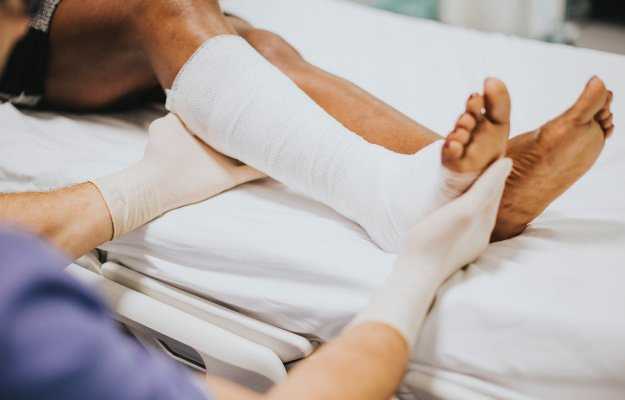What are leg cramps?
Leg cramps are painful muscular contractions in the thigh or calf region. They usually occur suddenly and spontaneously. These muscular contractions also resolve on their own. Leg cramps are more common in older individuals than in youngsters. Athletes or sports-persons may develop sudden leg cramps due to physical activity/strain. The calf muscle is most commonly affected by leg cramps, though the muscles in the feet and the thighs may also develop cramps.
These cramps are usually not serious, and in most situations, they cause no other complications.
What are its main associated signs and symptoms?
At times, leg cramps may specifically occur at night, waking a person from sleep. These type of leg cramps are called nocturnal cramps. Leg cramps might be associated with swelling of the feet.
What are the main causes?
Leg cramps almost always arise without any particular cause, agent, or stimulus. Certain aggravating factors can worsen or trigger the onset of leg cramps. These include:
- Alcohol and smoking are habits can worsen a leg cramp or cause it to last longer.
- Physiological conditions like pregnancy or sitting for long hours can also cause leg cramps.
- Neuromuscular diseases like Parkinsonism often cause painful leg cramps.
- In some people, leg cramps occur as a side effect of medications.
- Overuse of a specific muscle or muscle group.
How is it diagnosed and treated?
Leg cramps do not need any specific investigation, if they are the sole symptom you are experiencing. The physician will examine the leg for any swelling, injury, or other related problems. If some other condition is suspected, an X-ray may be ordered.
Most times, leg cramps resolve on their own. No major treatment is needed except proper exercise and adequate rest in-between. Hot fomentation might help give immediate relief. Brisk walking or walking tip-toe are particularly helpful for leg cramps. If the pain persists or becomes unbearable, an over-the-counter painkiller or muscle relaxant can be effective.

 Doctors for Leg Cramps
Doctors for Leg Cramps  OTC Medicines for Leg Cramps
OTC Medicines for Leg Cramps



















